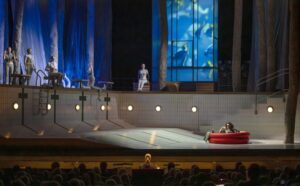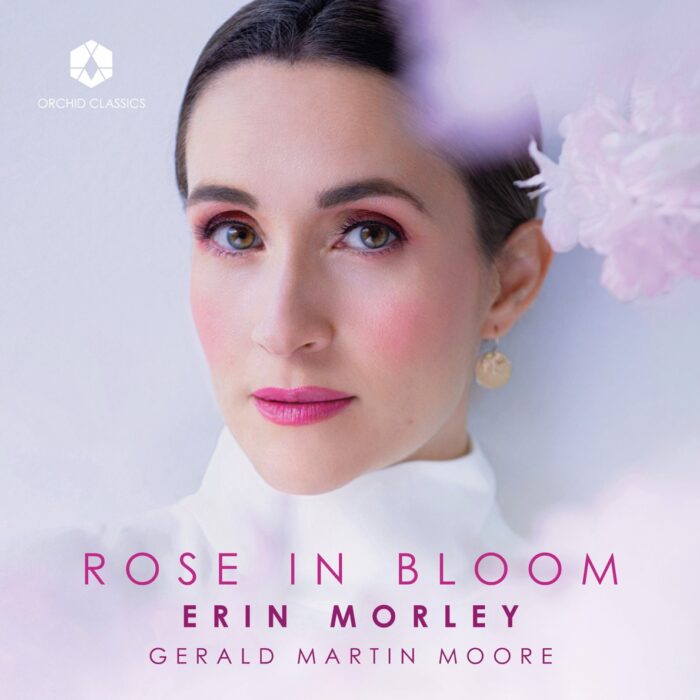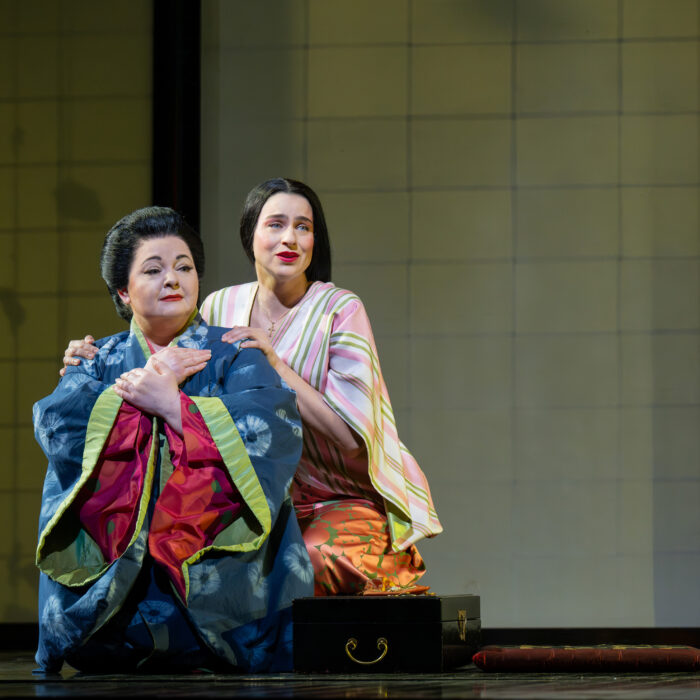
Opéra de Nice Côte d’Azur 2023-24 Review: Rusalka
By Robert Adelson & Jacqueline Letzter(Photo: Rusalka Nice Dominique Jaussein)
In the highly centralized French operatic world where the Opéra de Paris reigns supreme, any initiative to breathe new life into the seasons of regional theaters is a positive development. In this context, four major opera companies of the Mediterranean region have created a new partnership to pool their artistic, financial and logistical resources in a series of co-productions. The first of these was Olivier Py’s staging of Tchaikovsky’s “The Queen of Spades” in 2020. The second is a new production of Antonín Dvořák’s “Rusalka,” which opened last week at the Opéra de Nice after its debut at the Opéra Grand-Avignon in October 2023, and a run of performances at the Opéra national de Bordeaux. The production will head to the Opéra de Marseille in 2025 and finally to Opéra-Toulon Provence-Méditerranée following renovations of their opera house.
The plot of “Rusalka” is a Czech version of “The Little Mermaid”: a water nymph falls in love with a human prince, she takes human form with the help of a witch, resulting in a disaster for all involved. Wanting to update a literal staging of this story is not only laudable, but necessary to attract new audiences and provide variety, especially since this opera treats several contemporary themes, including feminine emancipation, ecology, and the difficulties of communication, especially between the genders.
Water Nymphs as Synchronized Swimmers
In this new production of “Rusalka,” the staging, sets and costumes were all entrusted to the Bordeaux based duo of Jean-Philippe Clarac and Olivier Deloeuil. Clarac and Deloeuil focused on the theme of emancipation, choosing the feminine world of synchronized swimming, which Rusalka rejects in order to experience a more natural femininity and love for a man. However, Clarac and Deloeuil’s transposition of an age-old aquatic fairytale to the contemporary setting of a swimming pool is challenging, not least because both the libretto and Dvorak’s music constantly evoke the natural world—the forest, meadows and rivers—as well as magical elements.
The staging attempts to bridge that gap by projecting “explanatory” videos of the synchronized swimmers in the background of the stage, which shows a large empty swimming pool. Although the videos also show lakes and woods as occasional dreamlike references to the original setting of the fairytale, they seemed incongruous rather than well integrated in the plot. At times the staging was heavy-handed, such as the long voice-over before Act two explaining how constraining it is for the swimmer-models to primp themselves before their performances. The unintended result of this was one of condescension toward the audience, who were denied the freedom to interpret the staging by themselves, and all the while remaining confused by the libretto, out of phase with the action on the stage. One often felt more exhausted than transported by this production.
Yet another cause of confusion was the fact that the videos were sometimes inexplicably out of phase with the actual production. For example, the Prince on stage is not the same as the one on the video. Granted, in a co-production between four opera companies there will be inevitable cast differences, but this aspect could have been anticipated, so that it would take on less importance than it did.
For a French audience of a certain generation several cultural references in the staging are evident, such as Isabelle Adjani’s 1983 music video “Pull marine” or the appearance of the water goblin Vodnik as Olympic swimmer Laure Manaudou’s swimming coach Philippe Lucas. But understanding these references is not essential for the characterization of these roles.
A Young and Somewhat Uneven Cast
American-Spanish soprano Vanessa Goikoetxea excelled in the title role, bringing clear phrasing and a wide dynamic range to her interpretation. This was evident early on when she sings (as translated from the Czech) “And the souls of people go to heaven,” where her crescendo beautifully supported the text. Her rendition of the famous “Song to the Moon” was the high point of the evening, characterized by great contrasts between the wistful and passionate modes. Goikoetxea also rose to the challenge of playing a silent role during the entire second act. The role of the Prince was sung by David Junghoon Kim. His sweet and well-balanced tone made for some memorable moments, especially his Act one arias “Wondrous vision, immensely sweet” and “I know you are but magic that will pass.”
The role of the witch Ježibaba, here transformed into the pool’s janitor, was sung with great verve by mezzo-soprano Marion Lebègue. Vazgen Gazaryan lent his resonant bass to the important role of the water goblin Vodnik. His Act two aria “Alas! Alas! Oh poor, pale Rusalka” was particularly expressive. Gazaryan was also adept at using the set of the empty tiled swimming pool, which remained constant throughout the opera, to his acoustical advantage as he moved around onstage. Soprano Camille Schnoor in the role of the Foreign Princess, adopted a less dynamic approach than the other cast members, which rendered her rivalry with Rusalka somewhat unconvincing.
Swiss-Australian conductor Elena Schwarz led the Orchestre philharmonique de Nice in moments of great beauty, as in the music for the ball, accompanying a video of a water ballet, in Act two. There were, however, other times one had the feeling that the musicians were kept on a tight rein. Might the impression of this somewhat cool reading of Dvořák’s score be due to the fact that for the entire evening one was not imagining Bohemian river and forest landscapes, but rather staring at a mundane swimming pool?



